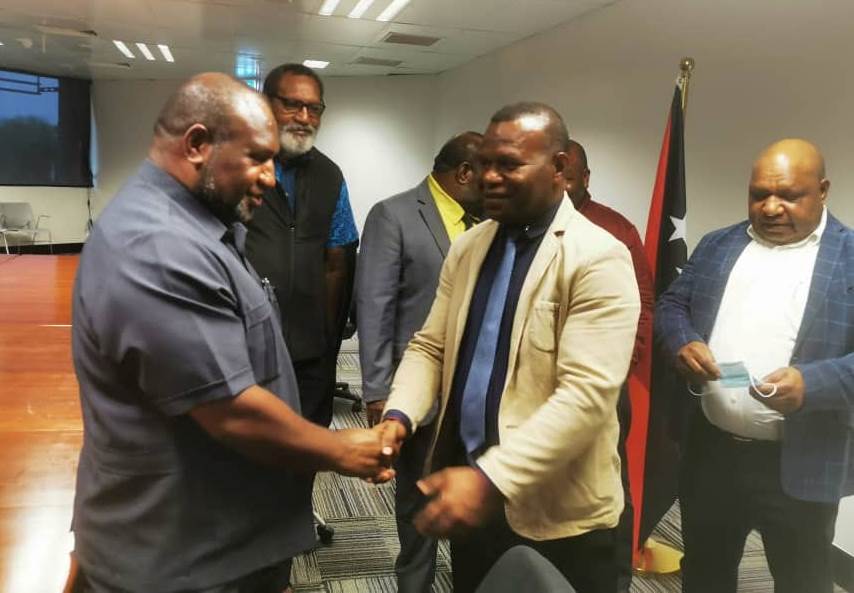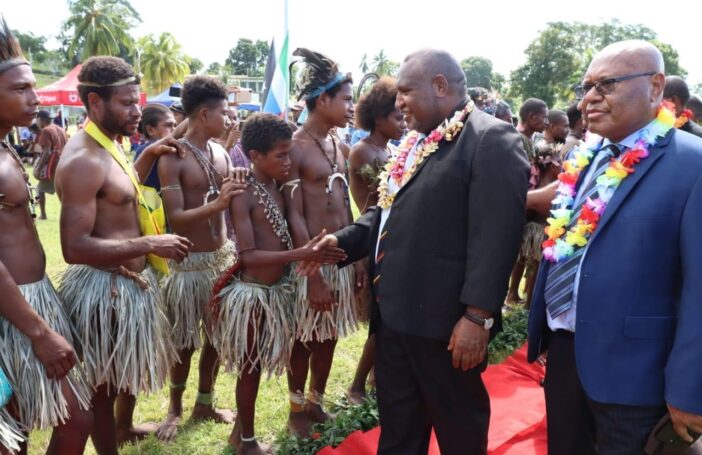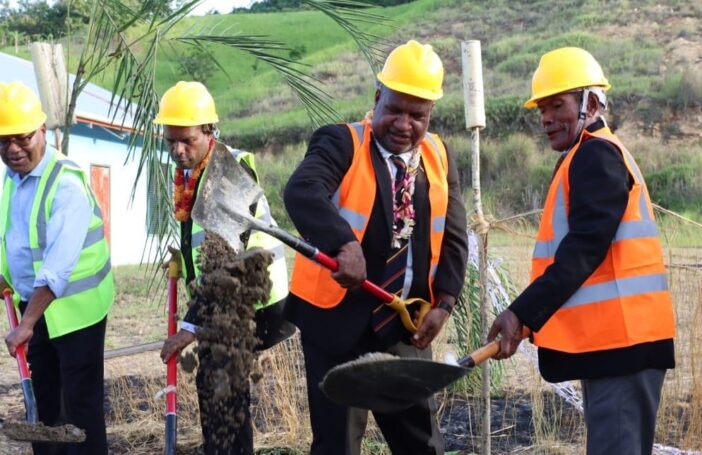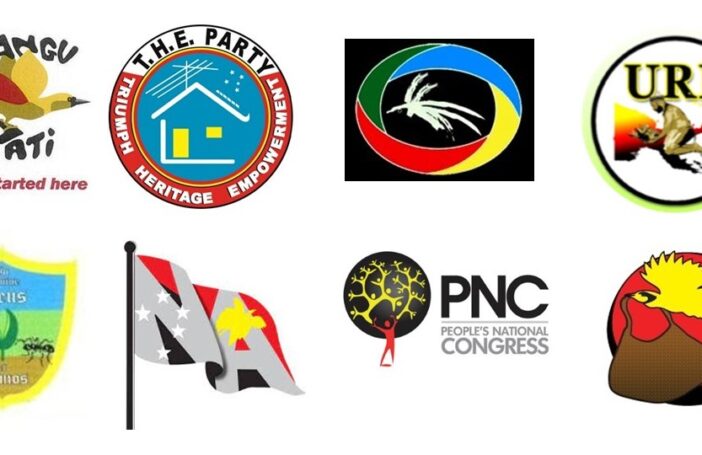In Papua New Guinean politics, government ministries are important because the prime minister (PM) awards them to parties that wield the most influence within government. Ministries are also used to maintain fragile coalitions. In this post I describe how ministries were awarded to parties and influential members of parliament (MPs) between 2017 and 2022. I also describe the relative importance of different ministries, and the politics of creating new portfolios.
Between 2017 and 2022, ministries were awarded to different parties at different times throughout parliament. The makeup of cabinet changed as party dynamics changed, and at least seven cabinet reshuffles occurred since 2017.
One rule posited to explain how ministries are awarded to parties in government is according to a 1:3 ratio. That is, a ministry is awarded for every three MPs that a party has. When I tested this, using data from the PNG MP Database at six points in time from the last parliament to the start of this one, I did find something close to this relationship existed (shown as the line of best fit in Figure 1; see all the regression results). However, there were many exceptions to the rule.
This relationship between number of ministers and party size existed both when government was first formed following the 2017 and 2022 elections, and in between both elections (as party sizes changed as MPs switched parties).

If you look at Figure 1, you can see that the big exceptions in terms of parties that got more ministries than would be expected based on their size were the largest parties at each point in time.
What this says is that the largest party in the governing coalition tends to take a disproportionately large share of ministries. The largest party since 2017 has been the PM’s party, and taking a disproportionately large share of ministries strengthens in-party alliances, given a leadership challenge usually follows a split in the PM’s party. Since 2017, the PM’s party commanded an average of 30% of parliament. True to form, following the 2022 elections, the Papua and Niugini Union Pati (PANGU) with 39 MPs took 21 of the 32 ministries (excluding PM).
Very small parties can still be awarded ministries. Between 2017 and 2022, three single-member parties were awarded a ministry. They were the Allegiance Party (AP), the Melanesian Alliance Party (MAP) and the United Party (UP), belonging to Bryan Kramer (Madang open), Joseph Yopyyopy (Wosera-Gaui open) and Rimbink Pato (Wapenamanda open), respectively. Small parties tend to be awarded ministries for specific reasons. For AP and UP, Bryan and Rimbink are influential members in government. In the case of MAP, Joseph was given a ministry only briefly in 2019 when James Marape became PM, likely reflecting a close friendship to Marape at the time.
One might be mistaken in assuming that all ministries other than that of the PM are equal. This isn’t the case. The 32 ministries vary in importance, and the parties they are awarded to reflect the influence that party wields within government.
In a recent paper, Colin Filer and coauthors developed a useful hierarchy of ministries in PNG’s cabinet. This hierarchy ranked ministries in descending order of control of finances:
- PM
- Deputy PM
- Foreign affairs and central agency ministries: treasury, finance, national planning and monitoring, justice, public service, and provincial affairs
- Economic portfolios: lands, mining, petroleum, agriculture, coffee, palm oil, livestock, forests, fisheries, trade and industry, and public enterprises
- Others
The PM has always come from the largest party. For deputy PM, only following both elections was the deputy PM position held by the PM’s party. In 2019, a middle-sized party was given deputy PM. From 2020, the second largest party in government – the United Labour Party – was given deputy PM. For the bottom three tier ministries, the PM’s party (PNC from 2017 to 2019, and PANGU since) held most ministries, although smaller parties also held several.
The government has recently announced it will create six new portfolios, citing a larger parliament and population as the reasons. It is unclear what type of ministries these will be, but creating new ministries will require amending section 144 of the constitution, which limits the number of ministries to 32. This section was last amended in 2010, when the cap on ministries was lifted from a quarter of parliament (then 27) to 32. Parliament has since grown by nine seats (the creation of provinces Hela and Jiwaka in 2012, and the seven new districts in 2022) to 118. PNG’s population of 9.3 million is also 37% larger than it was in 2010.
Creating additional ministries is also likely a ploy to strengthen alliances within PANGU and the broader coalition, given Marape faces votes of no confidence in 2024. But as the digital magazine Exepreneur points out, these new ministries will likely further fragment responsibilities and resources, and worsen existing challenges in service delivery.
In conclusion, ministries are used by the PM to strengthen alliances within their party. Outside the PM’s party, ministries are generally awarded proportionally to parties according to their size, and to parties with influential MPs.
For Marape, ministries will feature prominently in his calculus to stave off a vote of no confidence as 2024 nears.




